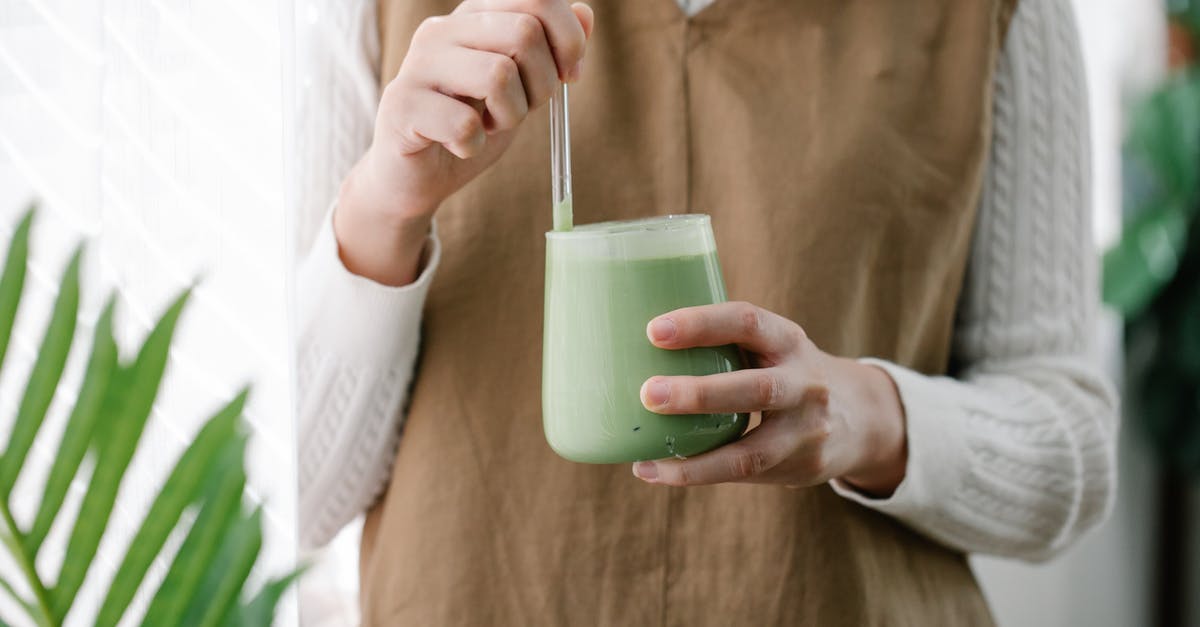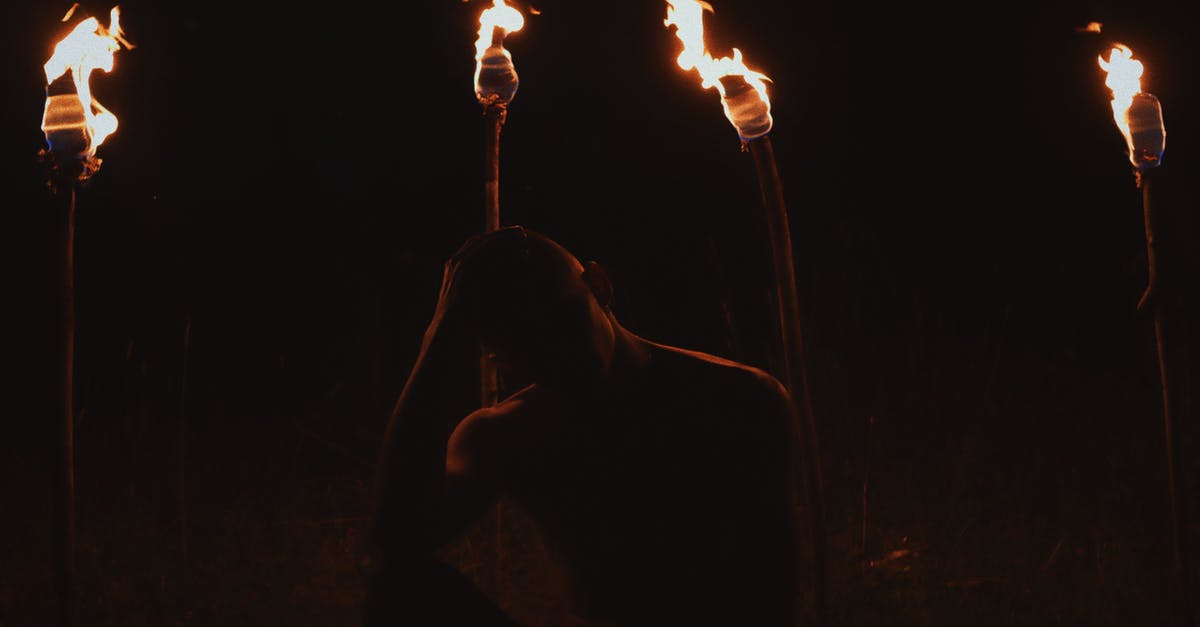Caramel without stirring or burning

Every Christmas I make caramels for family, friends, and neighbors. And every year I'm stuck with the same choice. Stir the sugar mixture while it boils to prevent sticking and burning but end up with grainy caramel, or don't store the caramel but risk burning the sugar at the bottom. I've tried several tricks to skirt this Sophie's choice of sugar including using half Karo syrup, adding a pinch of lemon juice at the start, and swishing the pan on the burner, but nothing has worked. What tricks am I missing to make perfect smooth caramel?
Best Answer
First, it is very possible to make good caramel without stirring or burning. What you need is the right vessel and good temperature control. Choose a pot (or also a pan, if you won't be adding anything to the hot caramel) that has an even heat conduction without hot spots, and choose its size such that your sugar is less than 1.5 cm deep, but more than 3 mm. Then heat on mid-high, but do not go full strength on the burner. I use the dry method with this, and always end up with great caramel without any burning.
The thickness of the sugar is very important, if you make it thicker, the bottom will turn to caramel and burn before the top has even melted. Less than 3 mm can work, but it goes through the stages so quickly that it is very difficult to work with.
If you use this method, you will see the bottom getting liquid and coloring while you still have cold, unchanged sugar crystals on top. Do not stir them in! Just wait until they have melted naturally, no matter how much it looks like it needs stirring. Else you end up with a mess.
You can use this principle with the wet method too, especially if you are not making caramel but candies at a temperature below caramelization. You can have it deeper then, since the convection in the syrup helps the upper layers heat up.
Once your caramel is at the needed point, you can start adding your dairy for making the soft caramels candies.
My second point: I am surprised that you are getting that crystalization when stirring. It is common enough with sugar syrup, which contains water, but if you are heating with the wet method, all water should have gone before you enter caramel stage, and I haven't had candy crystalize on me at that point. So make sure you use a thermometer to determine when the caramel is ready for the next step, and that you are adding sufficient dairy.
Pictures about "Caramel without stirring or burning"



How do you make caramel without burning it?
To avoid burning the caramel, it's just a matter of being vigilant. The melted sugar should be cooked until it's a deep amber colour \u2014 it's done when it starts to smoke and begins to foam just a little bit. At this point, it should be removed from the heat immediately to stop the sugar from darkening any further.Do you have to stir caramel while cooking?
Stirring caramel as it cooks isn't necessary\u2014and it can even be detrimental, as it can cause the sugar solution to splash onto the sides of the pan, where the water will evaporate quickly and the sugar can form back into crystals.Why does my caramel always burn?
Burning most commonly occurs when the caramel is left for too long on the heat source or when the temperature is too high. Watch out for the color of the caramel too, it should not darken too much. Burnt caramel can also be tricky to remove from pans so don't let your guard down during this fairly quick process!What are the two methods for making caramel?
There are two basicmethods of making caramel \u2013 dry and wet \u2013 each have pros and cons. Dry caramel is simply sugar, melted and cooked to a deep gold colour. It's quick to make, but easy to burn. A "wet" caramel uses water and sugar; it cooks more slowly, but is prone to crystallising.How to Make Caramel (Troubleshooting Guide)
Sources: Stack Exchange - This article follows the attribution requirements of Stack Exchange and is licensed under CC BY-SA 3.0.
Images: Anna Pou, Thành Trần, Yan Krukov, Tsepin Цепа
